Dundee killer Robbie McIntosh is to be given a parole hearing this summer – five years after leaving another woman for dead.
The thug was jailed in October 2017 after admitting the attempted murder of Linda McDonald in Templeton Woods in August that year.
He was sentenced to a lifelong restriction order with a minimum of five years before he could be considered for release on licence.
The Courier has now learned that McIntosh will be given a parole tribunal hearing on or around August 8 – the day after the anniversary of his attack on Linda, 57.
McIntosh was on home leave from prison, while serving a life sentence for the 2001 murder of Anne Nicoll, when he bludgeoned Linda with a dumbbell.
The news of the parole hearing comes just weeks after Linda launched a campaign to change the parole system in Scotland so that victims are better protected.
The Dundee gran also wrote to the same board earlier this year setting out why she does not think McIntosh should be released from prison.
Linda has been invited to attend the hearing, but the parole board says it has a legal requirement to inform McIntosh of her request.
Gran’s disbelief at parole hearing plans
While the parole hearing does not guarantee release, it offers McIntosh the chance to set out his case.
Speaking to The Courier after being informed of the tribunal, Linda said: “I honestly couldn’t believe it when I received notification that McIntosh was to be allowed a parole hearing.
“I understand the decision to allow him parole was taken before I sent my response.
“I find it hard to take this all in. It seems it’s all about the rights of the criminal with no consideration at all for the victim.”
Linda has been told she can attend the hearing as a “silent observer”.
She said: “I don’t even know exactly what that means. I have already given them all my reasons why I believe he should not get parole.
‘There is no justice in this whatsoever’
“There is absolutely no justice in this whatsoever. How can he be given all the information while I feel I have no rights at all in this?”
The parole board’s letter advises Linda that, should the board grant McIntosh parole, she will receive a summary of the reasons for that decision – unless she declines to be told.
A spokeswoman for the parole board said: “We do not comment on individual cases.”
What is parole?
The Parole Board for Scotland describes parole as “a system that enables offenders to be released on licence in the community under the supervision of a community-based social worker”.
It continues: “If an offender is released on parole, they are subject to be recalled to prison at any time if they breach the terms of their licence.
“Parole is only granted where the parole board is satisfied that the risk presented by the offender can be managed in the community.”
Offenders to not apply for parole – instead, cases are referred to the board by Scottish ministers at an “appropriate stage” in their sentence.
What happens at a tribunal hearing?
Three members of the board will consider the case with a number of parties involved – including the offender, a representative from the Scottish Prison Service and the offender’s legal representative.
Other witnesses like social workers or health professionals may also be involved.
Evidence considered can include the offender’s background and offending history, their behaviour in custody, any work they have undertaken and the plans for their potential release.
Following the hearing, the chair will make a decision in private, and further information can be requested if necessary.
What if parole is granted?
An offender granted parole will be subject to a licence, which will have a number of conditions.
It will require the offender to report to a supervising officer and abide by conditions such as informing the authorities of a change of address or employment.
They may also be required to stay at specific accommodation or undertake counselling on problems like alcohol, drugs or anger management.
If the offender does not keep in touch with their officer, breaks the law or fails to co-operate with other licence conditions, they may be recalled to custody.
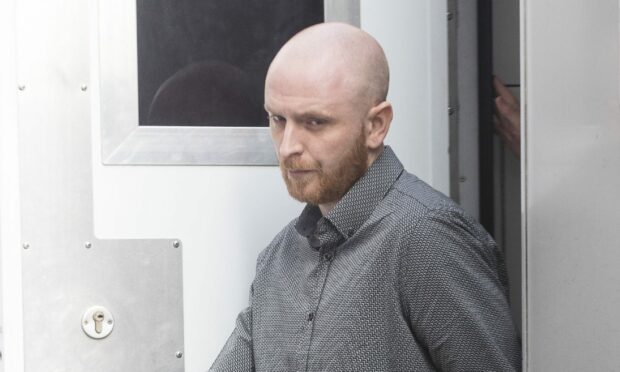
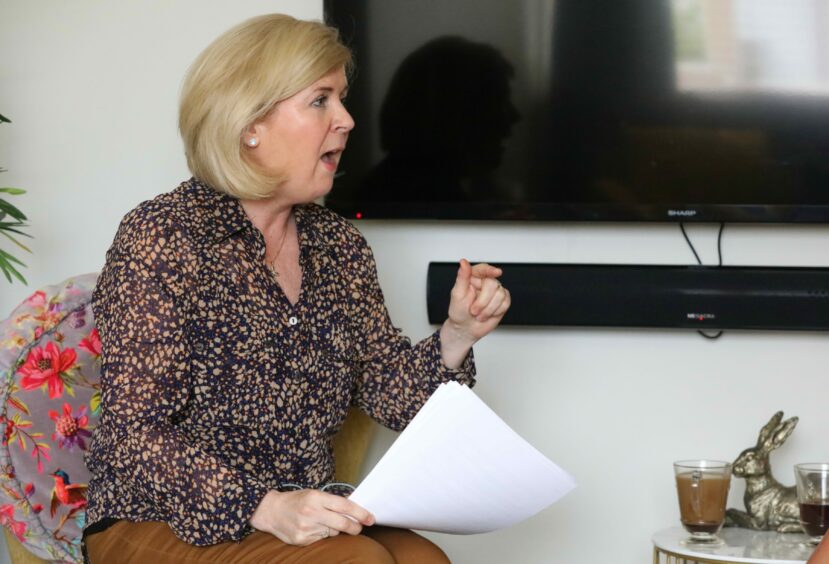
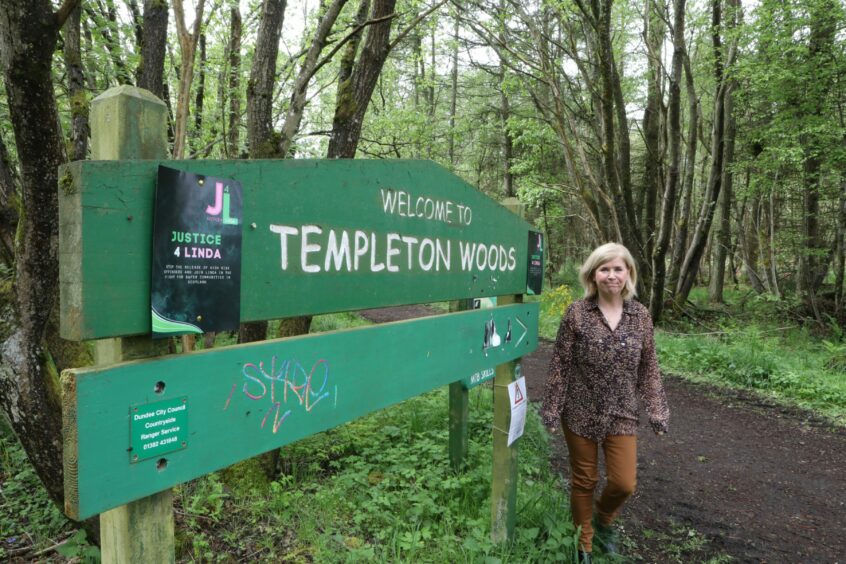
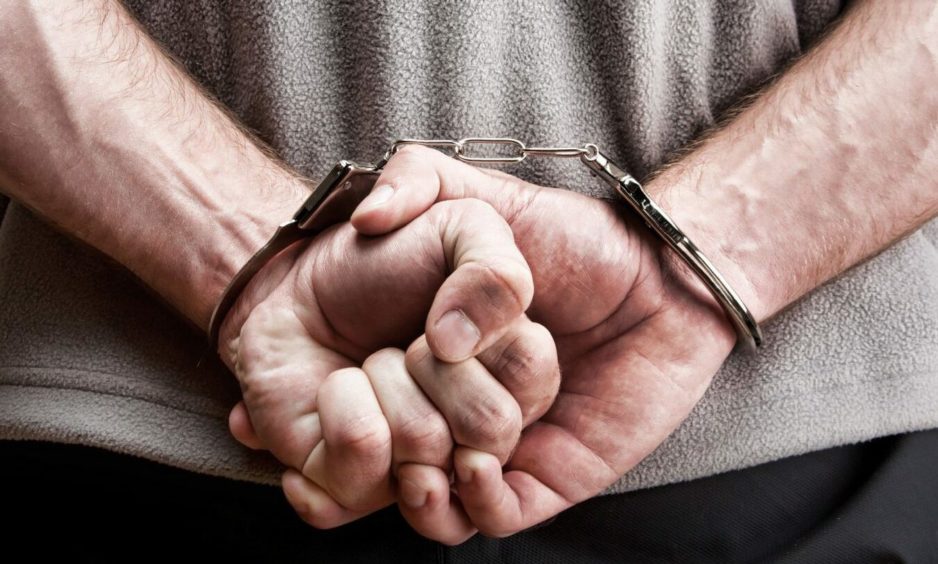

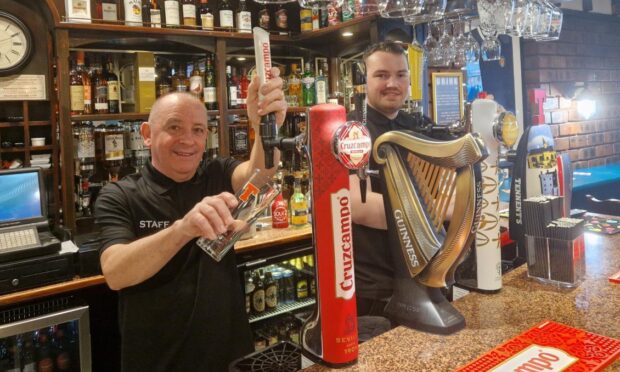
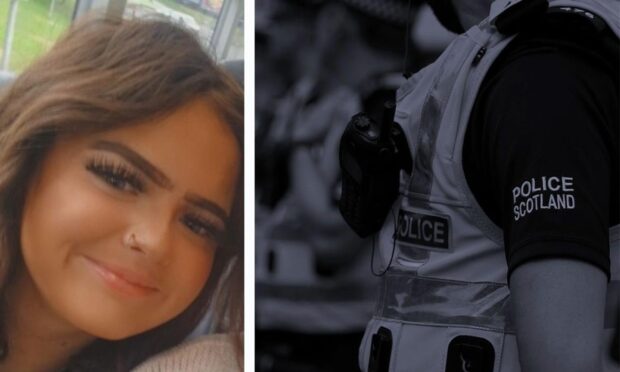


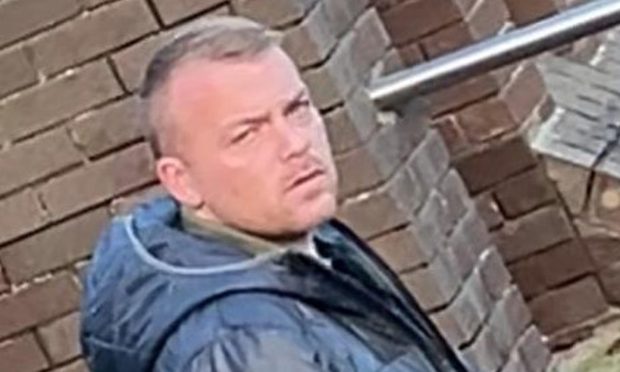

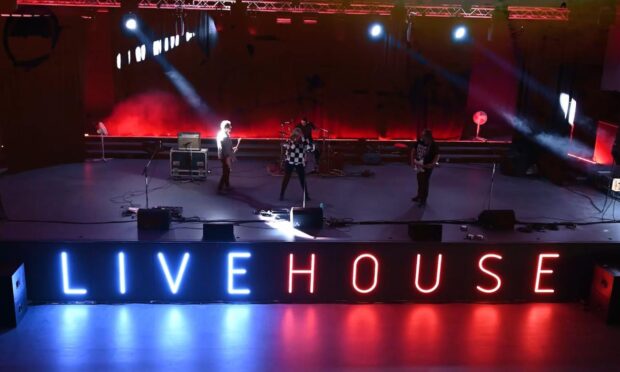
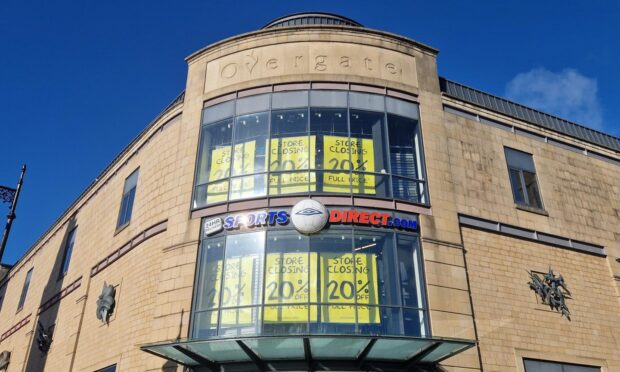

Conversation